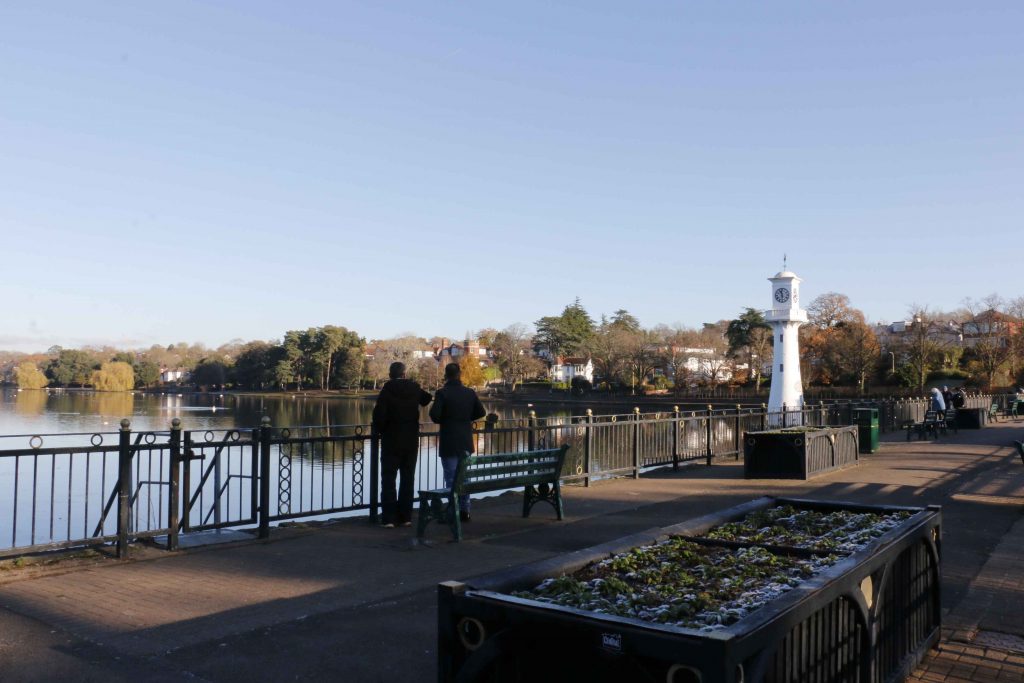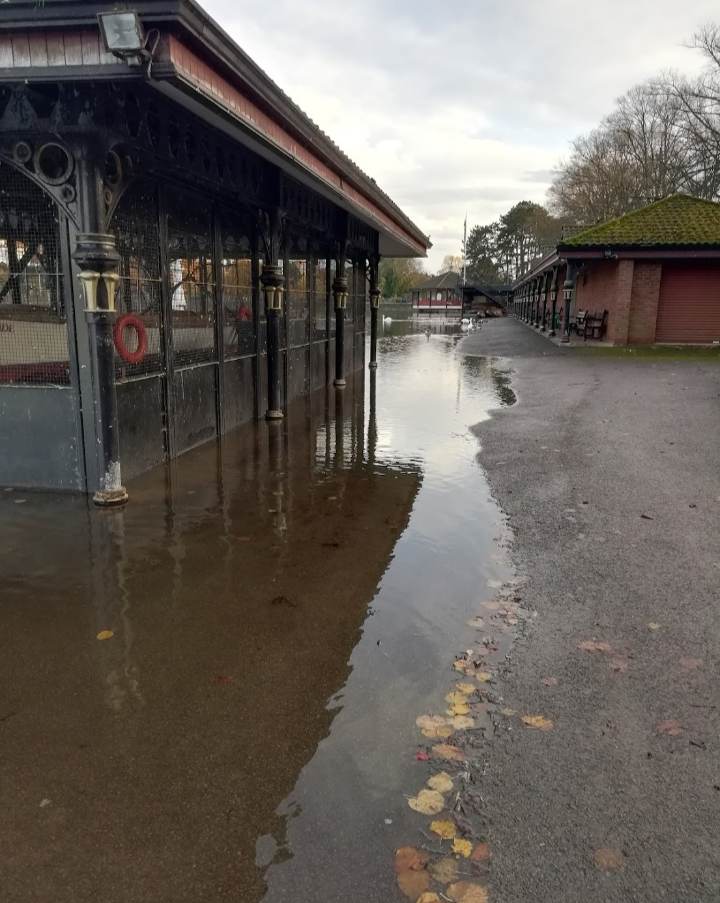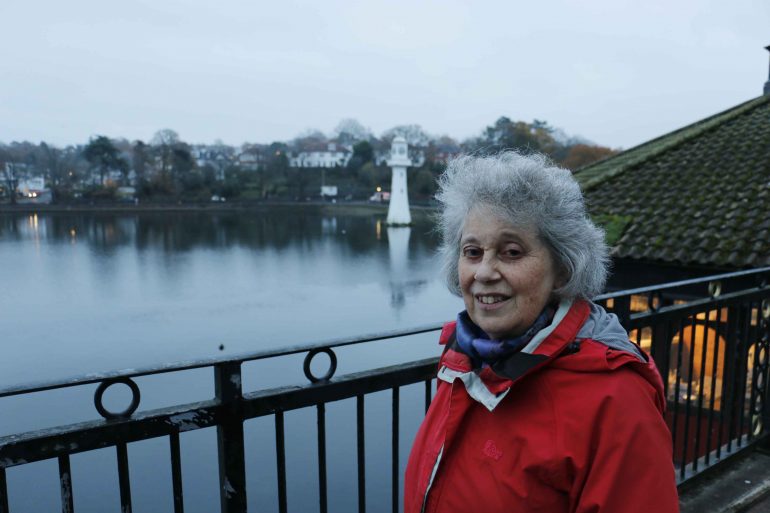The multi-million pound Roath Dam project, to ensure the safety of the dam, will likely cost Cardiff Council more than initially thought
A PROJECT to improve the safety of Roath is due to start in 2024, but costly delays have left the dam vulnerable in extreme weather events.
Due to the location of Roath Park, a breach of the lake’s dam, which sits underneath the promenade, could endanger lives.
In 2014, an independent UK Government engineer inspected the dam and found it likely would not withstand an “extreme weather event” – meaning Cardiff Council had no choice but to come up with a proposal to make sure the dam was safe.

Out of this, Cardiff Council’s Roath Park Dam Project was born. This introduced proposed works to ensure that water can safely pass through the dam in a one in 10,000 flooding event, and would not fail in even more extreme weather events.
“Reservoirs look very benign, but there’s a huge amount of stored energy and if that’s released, it’s catastrophic,” Darren Shaw, who is technical lead on the project, told The Cardiffian.
The proposed work was due to start in 2024, lasting between 12 to 15 months, and will likely see the lake drained, areas near to the lake closed, as well as the potential closure of the children’s play area and the park gates at night.
However, in December 2022 The Cardiffian was told the initial deadline for these works to start had been missed. The deadline was set by the engineer, an UK Government appointed all reservoir panel engineer, who came to inspect the dam.
It’s not just about safety concerns, it’s also a costly delay. Cardiff Council has confirmed it expects the initial £6million set aside to fund the works not to be enough.
We asked Cardiff Council when the initial deadline was and why it was missed, but it has not responded.
“The concern now is on the basis of more knowledge about dams, and perhaps dams having failed in other parts of the world,” Anne Bell, a local resident and historian, said.
“Elsewhere in the country, there was that business in Derbyshire with a village, Whaley Bridge, under Toddbrook Dam. I don’t think that’s anything like Roath Lake, but the principle is the same.
“It’s made people worry more.”
Work on the dam is due to start in 2024, lasting between 12 to 15 months. It will likely see the lake drained, areas near to the lake closed, as well as the potential closure of the children’s play area and the park gates at night.
The proposed works, which were under consultation until January 9, include an enlarged spillway – where the water leaves the reservoir opposite the Terra Nova Cafe – from six metres wide to eight metres wide, and from three metres deep to six metres deep. However, a floodwall would also be built on the south side of the promenade, above the children’s play area, to prevent erosion from any overflowing water in extreme flooding events.
The above interactive image shows the proposed spillway, and the current spillway.
The above interactive image shows the proposed floodwall, which would be no higher than the current fence shown in the second image.
Despite local concerns about the need for dredging of the lake, the council said there is currently no plans to tie this into the works.
While the work is meant to help protect downstream populations from a breach, it may not always help with downstream flood risk.
Mr Shaw said: “In a 1 in 100 chance, we won’t pass any more water than comes through now. We’re ensuring we’re not making flooding worse. What we pass downstream is the same, or less.
“After a point, it would make it worse than it is now.
“The thing to explain is that water is going down the river anyway. But we are making sure it’s getting from one side of the dam to the other safely.”

It is unclear whether the work will have any impact on flooding around the lake in a less extreme event, like the one seen on January 13 this year.
While the January flooding wasn’t “anything of an epic nature”, climate change could make this worse.
Ms Bell said: “I think the pressure on the dam this January was as great as any other time in recent memory – the lake having overflowed onto the banks on both sides.
“From retired staff I believe it used to be possible to let more water out of the lake in such occasions by opening a valve hidden in the promenade.”



